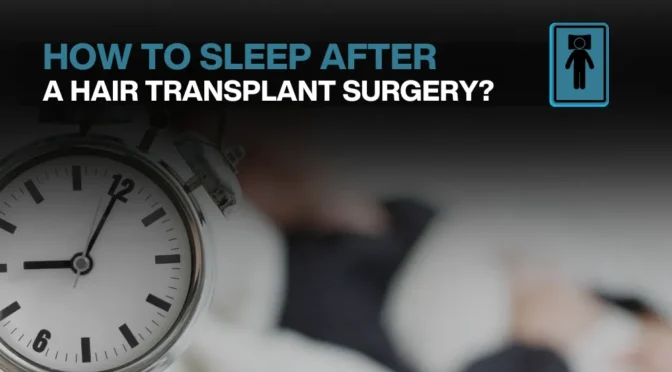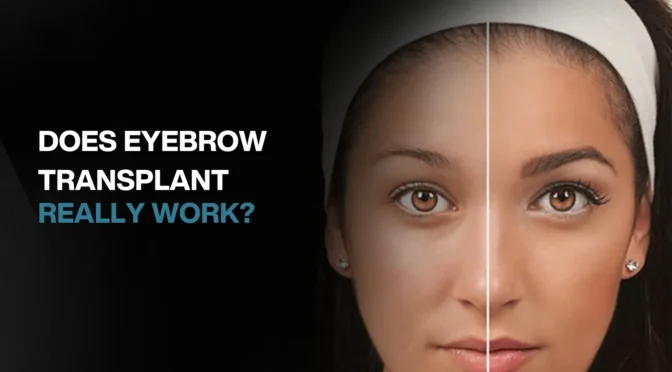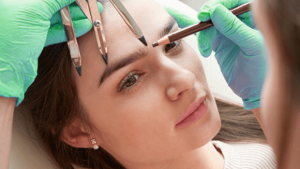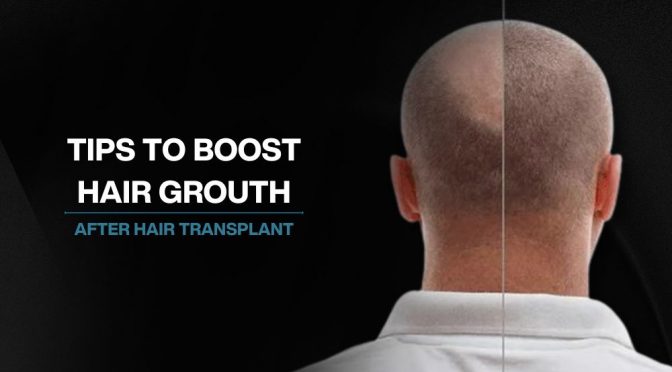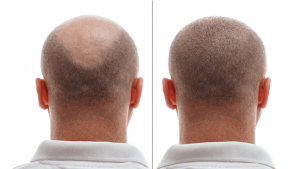One of the most often posed inquiries after a hair transplant surgery is how to sleep after a hair transplant. Present-day hair transplant procedures are based on new strategies and equipment like sapphire FUE hair transplant has become prominent due to the creative and modern technology behind them, from premier clinics like BlueMagic Group International.
So questions like how to rest after a hair transplant and how to avoid contaminations are looked for to an ever-increasing extent. The main thing that needs your consideration after a hair transplant surgery is a proper nutrition. You ought to take a healthy eating regimen plentiful in protein, vitamins, and nutrients for somewhere around a multi-week after the activity.
Let’s uncover some tips on how to sleep after a hair transplant surgery.
Steps to Take When Sleeping After A Hair Transplant Surgery
- Sleep on your back with your head and back raised and tilted back. Resting on your stomach might harm your transplanted hair. Lying on your back helps keep away from dirt, germs, and other particles, as your head is elevated
- Use a big pillow under your cushion to keep your head raised. This might be a little awkward at the beginning while you sleep but for a few days only. Once the recovery time is over, you might discontinue after a while. Raising your head will prevent harm to the freshly transplanted hair follicles. This is recommended because it avoids direct contact of the transplanted area with the bed or pillow, which avoids contamination
- The pillow which you use should be soft and comfortable and can be placed by your neck for proper elevation. This is recommended to reduce irritation and increase comfort.
Sleeping Positions to Avoid After Hair Transplant Surgery
While sleep is essential after hair transplant surgery, not all sleeping positions are created equal. Avoid certain positions in the days and weeks following the procedure to promote healing and prevent damage to the newly transplanted hair follicles.
For instance, sleeping on your stomach or side can place unnecessary pressure on the scalp, causing discomfort and potentially damaging the grafts. Similarly, sleeping with your head elevated at a 90-degree angle can also place strain on the scalp and impede blood flow. Instead, it is recommended to sleep on your back with your head elevated at a 45-degree angle, using a pillow or cushion to support the neck and head.
Importance of Sleep After Hair Transplant Surgery
When you sleep, your body enters into a state of rest and repair, which is essential for healing and recovery. In the case of hair transplant surgery, this is particularly important as the transplanted hair follicles need time to settle and grow new hair. Adequate rest and sleep help to promote blood flow and oxygenation to the scalp, which can accelerate the healing process and encourage hair growth.
Moreover, getting enough sleep after hair transplant surgery can also help to mitigate some of the common side effects associated with the procedure, such as swelling, discomfort, and itching. By resting and sleeping in the right positions, you can alleviate some of the pressure and tension on the scalp, reducing the risk of complications and discomfort.
The most proficient method to rest after a hair transplant is to try not to come in contact with the recently transplanted regions.
This can harm both the skin around the transplant site and the transplanted hair. To stay away from this,
- Ensure that you rest with ease and without making the strain on your scalp
- Attempt to get your beneficiary region far from the cushion so that there is no immediate contact between your transplanted hair and the pillowcase
- Another option is to keep your head above chest level while resting. This will assist with reducing blood reflux to the scalp region, where it can cause swelling
- Laying down with pads or extra pillows on your knees can help in decreasing strain on the sensitive regions
After your hair transplant procedure, you should put a hold on work or business to recover. It might also be useful to have somebody who can stay with you if you are alone at home. If it is possible, ask your doctor or transplant specialist about the type of drug or medicines that have been prescribed. Likewise, ensure that you rest for no less than 6 hours consistently.
Pillows and Bedding for Post-Hair Transplant Surgery Sleep
In addition to the right sleeping position, it is also important to choose the right pillows and bedding. Look for pillows and bedding that are soft, breathable, and hypoallergenic, to reduce the risk of irritation and discomfort.
Memory foam pillows are a popular choice for post-hair transplant surgery sleep, as they provide excellent support and cushioning for the neck and head. Additionally, silk or satin pillowcases can also be beneficial, as they are soft and gentle on the scalp, reducing the risk of damage to the grafts.
Hygiene Is Essential
- For two or three days post-operation, you ought to be extra careful. Ensure the cautious cleanliness of your bed, pillowcases, and sheets, to avoid any risk of contamination. Wash them with a cleaning agent that contains no allergens that could aggravate your scalp.
- You will want to get back to typical rest soon after your surgery. For around fourteen days after the surgery, you might feel some distress. Try keeping the area you sleep in cleaned regularly.
Tips for Getting a Good Night’s Sleep After Hair Transplant Surgery
Getting a good night’s sleep after hair transplant surgery can be challenging. Especially in the first few days when discomfort and swelling may be at their peak. However, several tips and strategies can help to promote restful and rejuvenating sleep, including:
- Take pain medication or other prescribed medications as directed by your doctor
- Use ice packs or cold compresses to reduce swelling and discomfort before bed
- Avoid caffeine and other stimulants before bedtime
- Practice relaxation techniques, such as deep breathing or meditation, to calm the mind and body
- Keep the bedroom cool, quiet, and dark to promote relaxation and restfulness
Frequently Asked Questions About Sleeping After Hair Transplant Surgery
Q: How long should I sleep elevated after hair transplant surgery?
A: It is recommended to sleep with your head elevated at a 45-degree angle for the first 7-10 days after hair transplant surgery. Or until swelling and discomfort has subsided.
Q: Can I sleep on my side after hair transplant surgery?
A: It is not recommended to sleep on your side for the first 7-10 days after hair transplant surgery. This can place unnecessary pressure on the scalp and potentially damage the grafts.
Q: Will I need to take sleeping pills after hair transplant surgery?
A: This will depend on your individual needs and preferences. Your doctor may prescribe sleeping pills or other medications to help promote restful and rejuvenating sleep.
Conclusion
In conclusion, getting a good night’s sleep after hair transplant surgery is essential. It helps promote healing, reducing discomfort, and maximizing the benefits of the procedure. By following the tips and strategies outlined in this ultimate guide, you can ensure that you are sleeping in the right positions, using the right pillows and bedding, and making necessary adjustments to your diet and medications to promote restful and rejuvenating sleep. As always, be sure to consult with your hair transplant clinic if you have any questions or concerns about sleeping after hair transplant surgery, and follow their instructions and recommendations closely.
